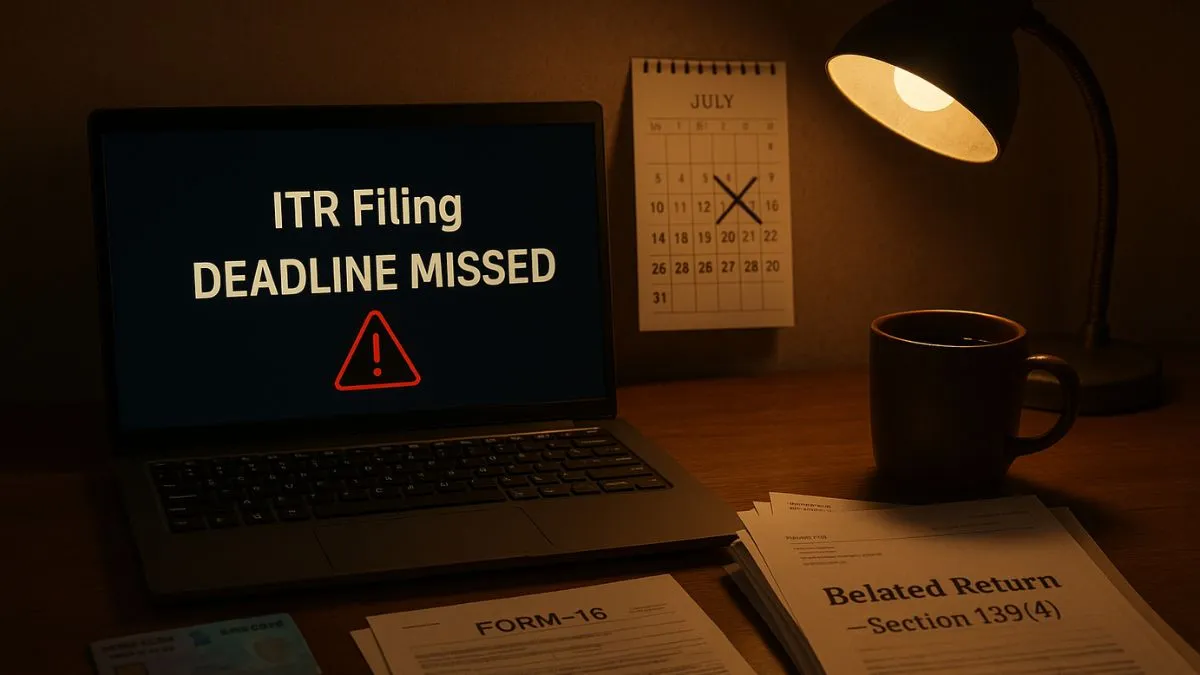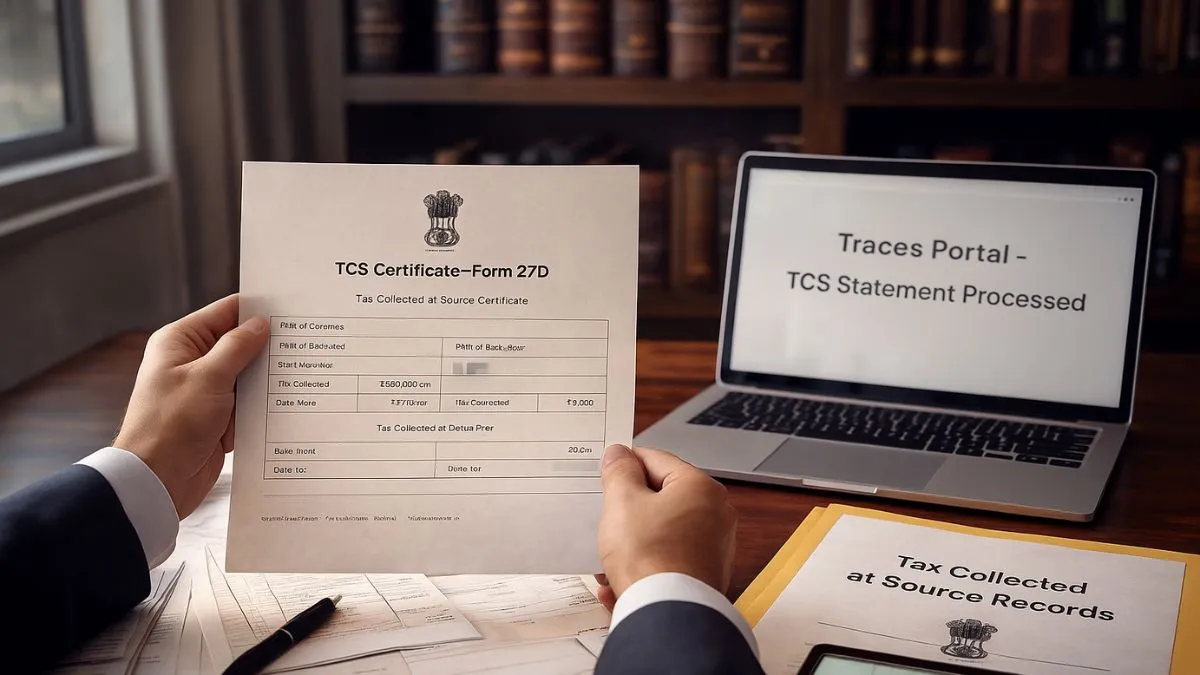
When it comes to income tax scrutiny, nothing draws more attention from the tax department than unexplained investments. Section 69 of the Income Tax Act, 1961, plays a crucial role in addressing situations where the investments made by an assessee—the source of which is not satisfactorily explained to the assessing officer—become taxable. This section empowers the income tax authorities to add such unexplained amounts to the income of the taxpayer.
Let’s understand the implications, penalties, examples, & relevance of Section 69 in modern-day tax assessments."
What Is Section 69 of the Income Tax Act?
Section 69 of the Income Tax Act deals with cases where the assessee has made investments that are not recorded in the books of accounts, & the source of such investments remains unsubstantiated. In such situations, the unexplained investments are deemed to be the income of the assessee for that financial year.
So, if you’ve bought a property or invested in shares or jewellery and can't explain the source of funds, this section might come into play during assessment."
Why Section 69 Matters to Taxpayers
In India, the income tax system is largely based on the principle of voluntary disclosure. But that doesn’t mean one can get away with concealed income or unexplained transactions. Section 69 of the Income Tax Act ensures that investments not supported by legitimate income proofs are brought to tax.
This section is used when:
- A taxpayer makes investments in assets or ventures.
- These investments are not recorded in the books of account.
- The taxpayer fails to explain the nature and source of such investments to the assessing officer.
Examples of Unexplained Investments under Section 69
Let’s say Mr. A, a salaried employee, purchases an apartment worth ₹80 lakhs. However, during scrutiny, he can only justify ₹50 lakhs as funded through salary & bank loans. The remaining ₹30 lakhs is unexplained & has no credible source. In this case, under Section 69, the assessing officer may add ₹30 lakhs to Mr. A’s taxable income.
Another example is when an assessee invests in high-value shares without a proper audit trail or banking history to support the transaction.""
Penalty Under Section 69 of the Income Tax Act
The penalty provisions under Section 69 are quite stringent. The unexplained amount is taxed at the maximum marginal rate without allowing basic exemptions or deductions. Additionally, penalties can go up to 100% to 200% of the tax due on such unexplained investments.
So, if your unexplained income amounts to ₹10 lakhs, you could face not just tax on it at 30% (plus cess), but also a penalty of another ₹3 to ₹6 lakhs.
Key Judgements and Case Laws
Over time, several Supreme Court judgments on Section 69 have clarified that the burden of proof lies with the taxpayer. If the assessee fails to offer a credible explanation or produce supporting documentation, the tax department has every right to invoke Section 69.
Some prominent case laws on Section 69 of the Income Tax Act 1961 illustrate how courts have ruled in favour of both revenue and taxpayers based on evidence.
Difference Between Section 69 and 69A
While Section 69 deals with unexplained investments, Section 69A focuses on unexplained money, bullion, jewellery, etc., that the assessee owns but cannot explain. Both are similar in spirit but apply to different categories of undisclosed assets.
How to Stay Compliant and Avoid Section 69 Notices
- Maintain proper documentation for all high-value investments.
- Keep your income sources traceable through bank transactions or audited financial statements.
- In case you receive a notice under Section 69, respond promptly with verifiable details.
Struggling to handle income tax notices or explain your investments to the department? Let our experts at Callmyca.com guide you through, before the taxman knocks.











